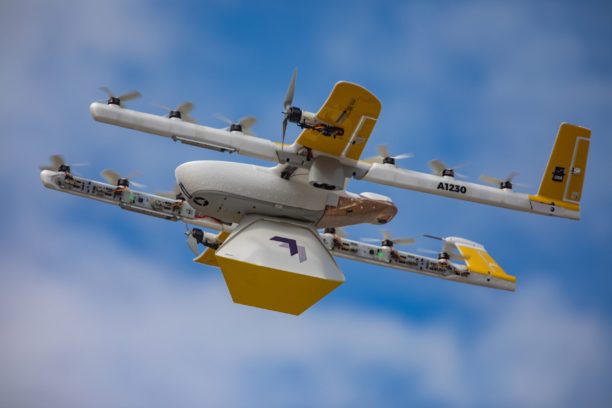
What’s next for drone integration and U.S. drone regulations? Will a change in the U.S. presidential administration make any difference to the pace of progress? Will the U.S. take a leadership role in the global drone industry?
Arjun Garg, a new partner in Hogan Lovells’ transportation regulatory practice who most recently served as Chief Counsel of the Federal Aviation Administration, says that next steps toward drone integration into the NAS are urgently awaited:
“These rules are an incremental step towards enabling routine, widespread drone operations in U.S. airspace,” says Garg. “Even though these long-awaited rules will only have just taken effect, attention is turning urgently to what will come next. There is intense demand for regulators to push ahead and unleash the full capabilities of drones. It is still generally restricted, for example, to fly a drone beyond the operator’s visual line of sight, which limits many beneficial applications of drones.”
Are U.S. Drone Regulations Bipartisan?
The U.S. Drone Integration Pilot Program (IPP), the BEYOND Program, and many more current government programs for developing U.S. drone regulations were developed by the Trump administration, and must now be implemented by the Biden adminstration. Are commercial drones – for the most part – a bipartisan issue?
Garg says that they are. “Aviation is known for bipartisan cooperation, and it’s great to see that tradition extending to drones. Unlocking the tremendous benefits that drones can provide for Americans is a goal that both Democrats and Republicans want to advance.”
Drone industry figure Lisa Ellman, partner at Hogan Lovells and Executive Director of the Commercial Drone Alliance, says that the drone industry represents a significant opportunity for the U.S.:
“Unlocking commercial UAS marketplaces for the benefit of the American public represents a substantial opportunity for our nation to progress on critical policy priorities, including sustainable transportation and the environment, infrastructure development, job creation, economic recovery, COVID-19 response and equity,” says Ellman.
Miriam McNabb is the Editor-in-Chief of DRONELIFE and CEO of JobForDrones, a professional drone services marketplace, and a fascinated observer of the emerging drone industry and the regulatory environment for drones. Miriam has penned over 3,000 articles focused on the commercial drone space and is an international speaker and recognized figure in the industry. Miriam has a degree from the University of Chicago and over 20 years of experience in high tech sales and marketing for new technologies.
For drone industry consulting or writing, Email Miriam.
TWITTER:@spaldingbarker
Subscribe to DroneLife here.
